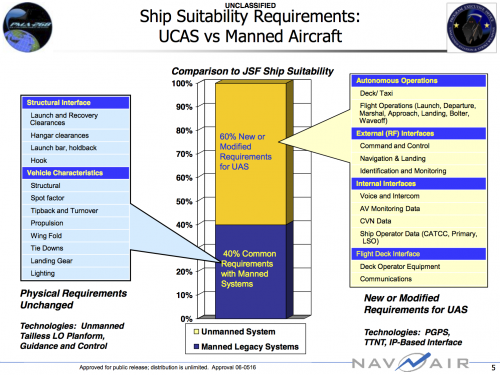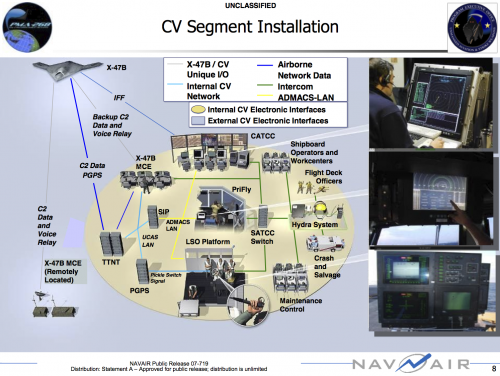- Joined
- 21 January 2015
- Messages
- 12,137
- Reaction score
- 16,299
US Navy steps away from stealth for MQ-25
A stealth and tanking mission will not go hand in hand for the Navy’s MQ-25 Stingray, according to the commander of Naval Air Forces.
https://www.flightglobal.com/news/articles/us-navy-steps-away-from-stealth-for-mq-25-428664/
Stealth unnecessary for MQ-25
http://www.janes.com/article/63086/stealth-unnecessary-for-mq-25
A stealth and tanking mission will not go hand in hand for the Navy’s MQ-25 Stingray, according to the commander of Naval Air Forces.
Shoemaker’s comments further cement Stingray’s role as the Navy’s future carrier-based aerial refueling (CBARS) UAV, which the service originally scoped as an unmanned carrier-launched airborne surveillance and strike (UCLASS) aircraft. Although the Navy has not prioritised stealth in its latest vision for CBARS, industry has approached the service with existing designs that could lend some elevated survivability performance, Shoemaker said.
“Even though we’ve said survivability is not a key performance parameter this time, I think there’s ways to take advantage of some of the shapes already out there,” he said.
https://www.flightglobal.com/news/articles/us-navy-steps-away-from-stealth-for-mq-25-428664/
Stealth unnecessary for MQ-25
http://www.janes.com/article/63086/stealth-unnecessary-for-mq-25



